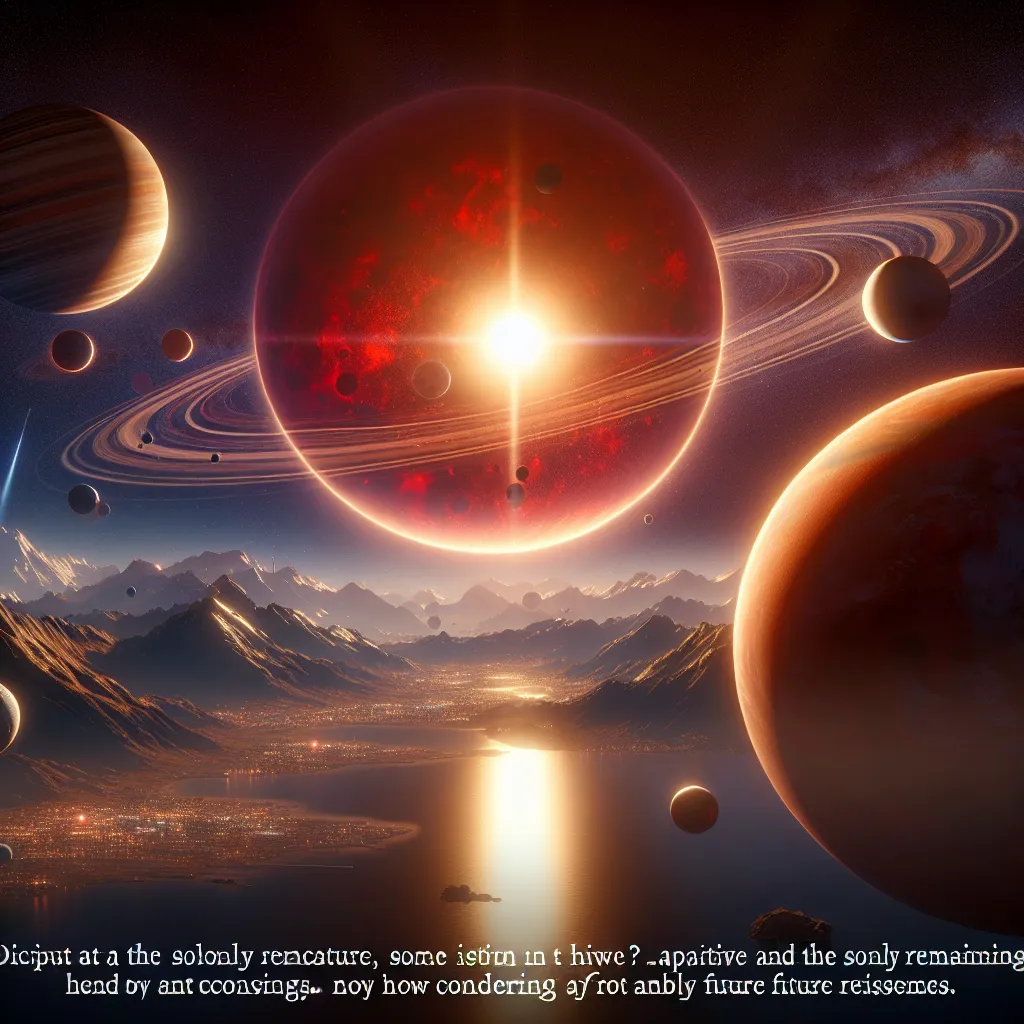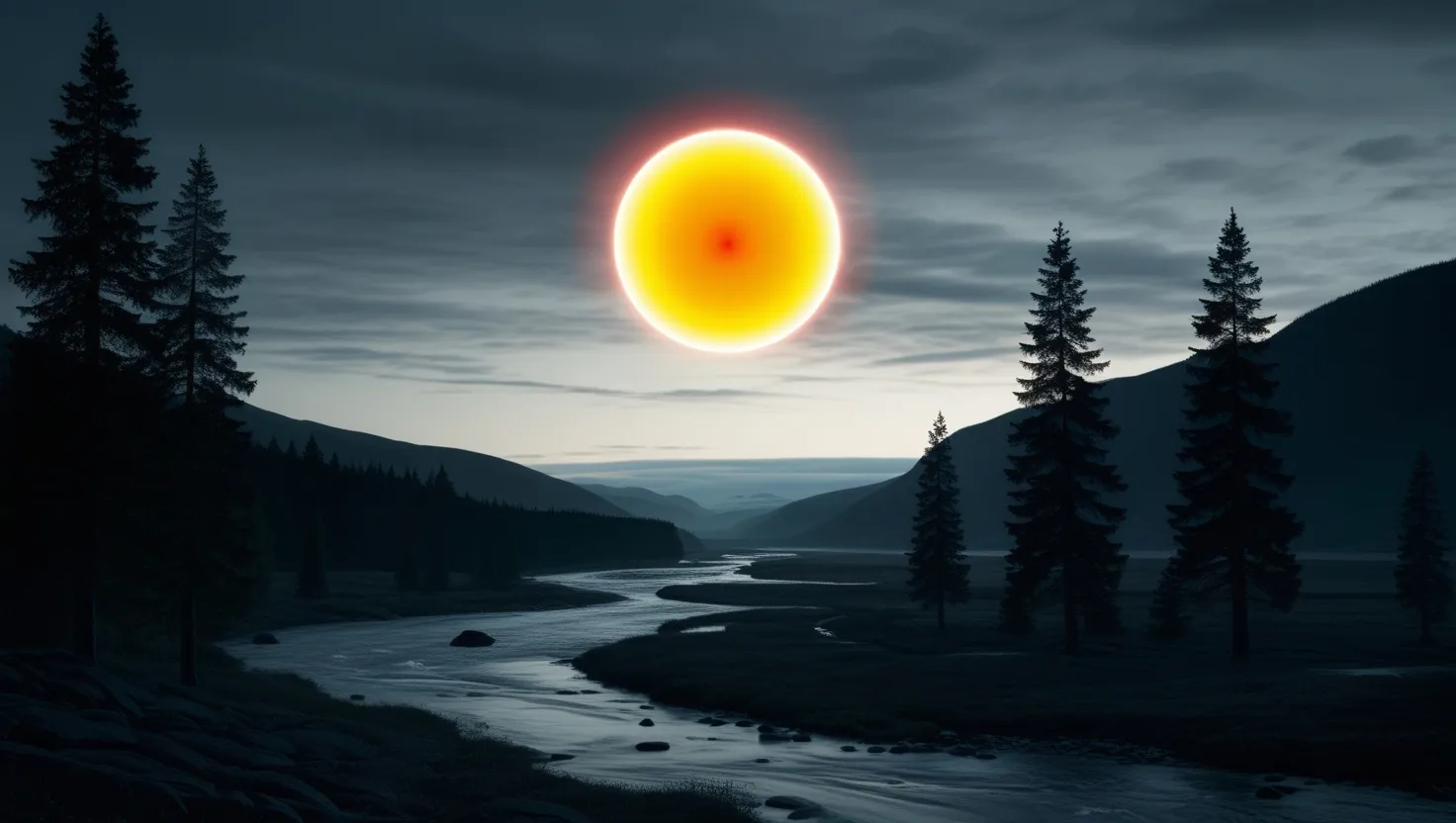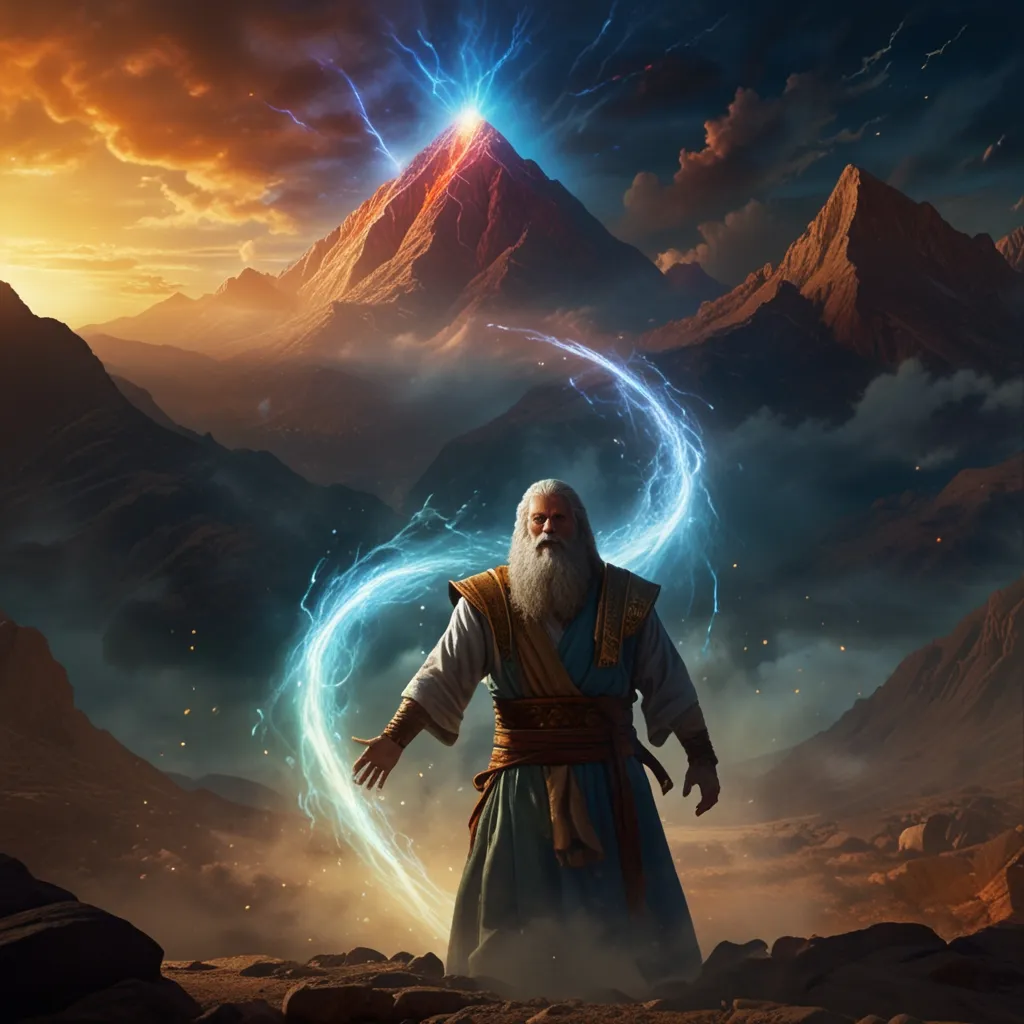Mount Rushmore is one of the most famous landmarks in the U.S., drawing countless visitors each year. Created between 1927 and 1941 by architect Gutzon Borglum, it features the 60-foot faces of four former U.S. presidents carved into granite. Most people are familiar with this iconic sculpture, but few know about a secret project Borglum was working on alongside the monument.
In the 1920s, South Dakota, now a U.S. state, was becoming a popular road trip destination, partly due to its stunning natural attractions like the Black Hills National Forest and Wind Cave National Park. However, Dawn Robinson of the South Dakota State Historical Society believed the state needed a grand monument to attract even more tourists. Inspired by the sculpture of Confederate leaders on Stone Mountain, Georgia, Robinson envisioned a sculpture in his state that would honor figures from American history and the Old West. Borglum, though initially working on Stone Mountain, was fired due to disagreements and mismanagement allegations. He then turned his attention to Mount Rushmore, seeing it as a chance for eternal fame.
Borglum wanted much more than just the presidents’ heads. He dreamed of carving them down to their waists and creating a narrative inscription next to them. When space and funds became an issue, he came up with an even grander idea: the Hall of Records. This would be an 80-foot tall, 100-foot long hall behind Abraham Lincoln’s head, accessible via an 800-foot granite staircase. Borglum planned to fill the hall with busts of famous Americans and important documents like the Constitution and the Declaration of Independence. To top it off, he envisioned a massive bronze eagle with a 38-foot wingspan above the entrance.
Construction on the Hall of Records began in 1938 but was halted a year later. Congress wanted the focus to remain on the presidents, despite Borglum’s persistence. World War II further slowed down the project, with only a 70-foot cavern being completed. Borglum passed away in 1941, leaving his son, Lincoln Borglum, to continue the work. Eventually, funds ran out, and the project was officially declared finished on October 31, 1941. Even though the sculptures were incomplete and the inscription was never started, the public settled for what stood as “good enough.”
For over five decades, the Hall of Records remained an unfinished cavern. Borglum’s descendants continuously petitioned the government to honor his vision. Finally, in 1998, a scaled-back version was approved. Today, the Hall of Records contains porcelain enamel panels that tell the story of Mount Rushmore, including why Washington, Jefferson, Roosevelt, and Lincoln were chosen. The panels also feature texts from the U.S. Constitution, the Bill of Rights, the Declaration of Independence, and the Gettysburg Address. These are all enclosed in a titanium vault behind a massive granite slab.
Though not open to the public, the Hall of Records serves as a time capsule for future generations. Borglum intended to preserve the story behind Mount Rushmore for posterity, and in a way, his dream was finally realized. The hidden hall ensures that the history of Mount Rushmore, and the values it represents, will not be forgotten. Thanks for taking this journey into history with me. Until next time, stay curious!






